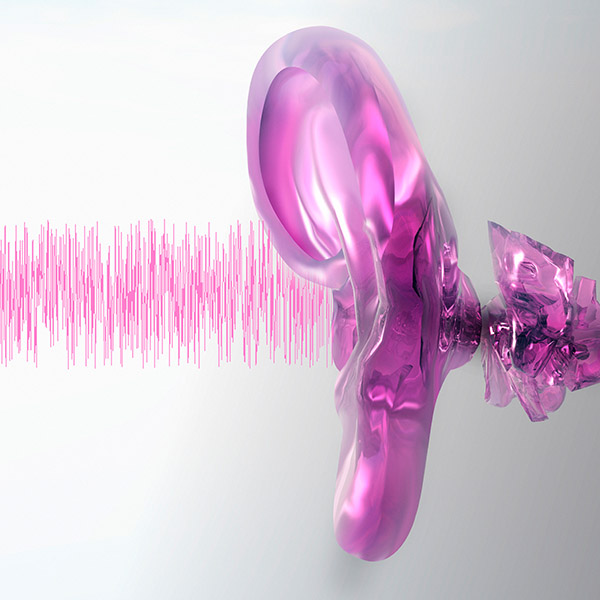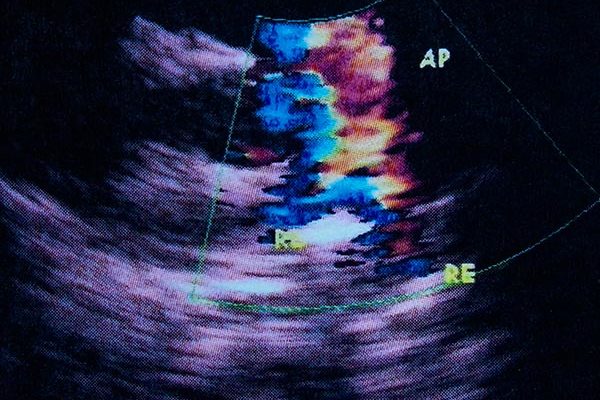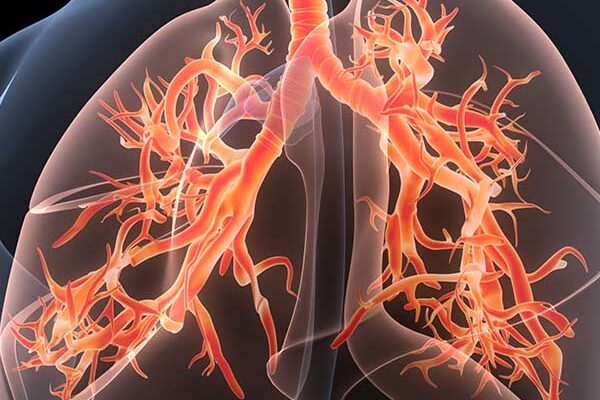A technique to minimize or eliminate damage created during the insertion of cochlear implants.
This technology is a real-time system that can control and monitor the cochlear implant electrode array within the scala tympani during insertion to minimize or eliminate the damage created during insertion. The signal is collected from impedance measurements in a way that increases localization accuracy, sensitivity, and precision.
Proposed Use
Though cochlear implant surgery is well-established, limitations in existing procedures can cause problems for patients. A significant challenge is the lack of visual access beyond the surgical entry point. Trauma associated with blind insertion can damage or destroy any residual natural hearing.
The proposed system is designed to provide a real-time insertion visualization to minimize or eliminate this damage. Moreover, the proposed controlling system allows for the autonomous robotic insertion of cochlear implant electrode arrays to preserve natural hearing.
Problem Addressed
Established cochlear implant companies use monopolar measurements to test the electrode array after surgery, which lacks accuracy and is non-real time. Though sensing methods based on parylene photonics are applied to increase the accuracy of measurements, current implantation methods rely on hand insertion, which can cause trauma and damage or destroy residual hearing. Existing approaches also require post-operative integration of the sensor into the electrode array.
Technology Overview
This invention aims to overcome the existing limitations of the established impedance-based positioning methods by offering higher accuracy localization information. A machine learning module is also included for classifying the distance from the electrode array to the region of interest and outputs proximity values to the structure of interest based on impedance measurements.
Benefits
- High positioning accuracy, sensitivity and precision compared to established monopolar impedance-based positioning method
- A less complex system compared to parylene photonics-based measurement setup





